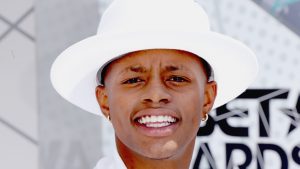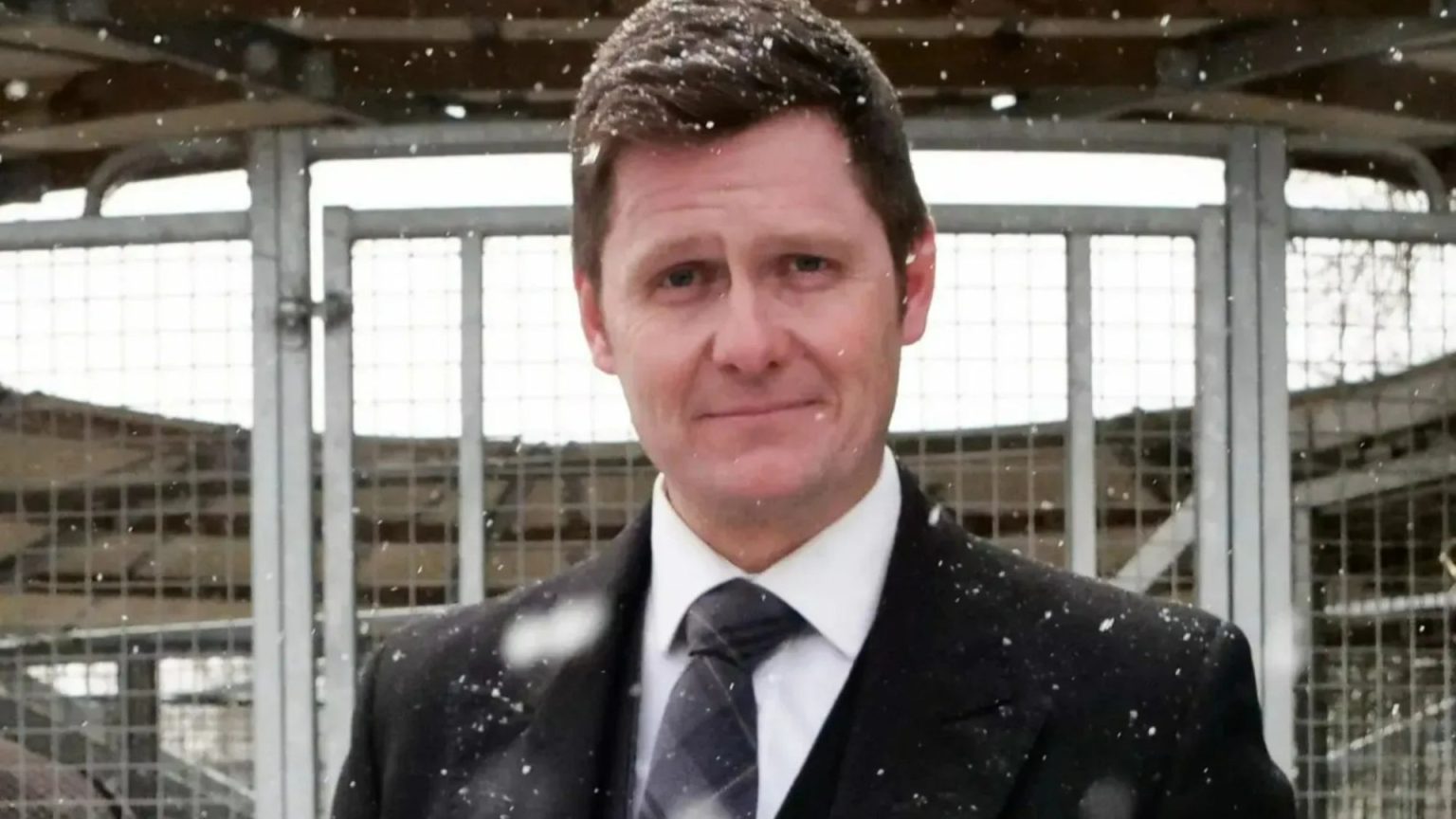Paragraph 1: The Accident and Initial Assessment
Trainer Paul Robson, a 41-year-old horse racing professional, experienced a severe riding accident that necessitated immediate medical attention. While out riding, a young horse he was handling unexpectedly jinked, causing Robson to be thrown from the saddle. He landed heavily on his right side, but the falling horse subsequently landed on his left side, resulting in significant impact trauma. Robson was immediately airlifted to the Royal Victoria Infirmary in Newcastle for assessment and treatment. The initial medical evaluation revealed multiple fractures in his pelvis and lower back. Despite the severity of the injuries, it was determined that surgery would not be required.
Paragraph 2: Robson’s Account and Prognosis
Robson described the incident as a "freak accident," explaining that he was in the process of handing his phone to his father, who was on the ground, when the young horse suddenly reacted. The unexpected movement threw him from the saddle, leading to the unfortunate fall and subsequent impact from the horse. Although significantly injured, Robson demonstrated remarkable resilience by managing to take a few aided steps soon after the accident. He anticipates remaining hospitalized for approximately two weeks to allow for healing and rehabilitation. Robson expressed gratitude to the medical staff for their attentive care and detailed his ongoing physiotherapy regimen.
Paragraph 3: Support from Fellow Trainer and Positive Start to the Year
Nicky Richards, a fellow trainer who had experienced a similar injury in the recent past, reached out to Robson to offer support and wish him a swift recovery. This gesture of camaraderie highlights the close-knit community within the horse racing profession. Despite the setback of the accident, Robson’s year began on a positive note with a victory at Musselburgh on New Year’s Day. His horse, Okavango Delta, secured the win, providing a bright spot amidst the challenging circumstances. This success underscores Robson’s dedication to his training career and the resilience he displays in the face of adversity.
Paragraph 4: Career Shift and Family Support
Prior to the accident, Robson had made a significant career shift, stepping back from the daily operations of his family’s funeral home business in Hawick to focus more intently on his passion for horse racing. This decision reflects his commitment to pursuing his chosen profession and developing his skills as a trainer. During his hospitalization, Robson’s wife, Steph, has taken on the responsibility of managing the family business, providing crucial support and ensuring its continued operation. This family dynamic highlights the collaborative nature of their endeavors and the strength they draw from one another.
Paragraph 5: The Nature of Horse Racing and Inherent Risks
Robson’s accident serves as a reminder of the inherent risks associated with horse racing. Working with large, powerful animals requires vigilance and expertise, yet unforeseen circumstances can still lead to accidents. The unpredictable nature of horses, their instinctive reactions, and the fast-paced environment of racing contribute to the potential for injuries. Trainers, jockeys, and other personnel involved in the sport understand these risks and take precautions, but accidents, as in Robson’s case, can still occur, highlighting the hazardous aspects of the profession.
Paragraph 6: The Importance of Safety Measures and Rehabilitation
The incident underscores the importance of stringent safety measures within the horse racing industry. Continuous evaluation and improvement of safety protocols, proper training techniques, and appropriate protective gear are crucial for minimizing risks. In the aftermath of an accident, comprehensive medical care and dedicated rehabilitation play a vital role in the recovery process. Robson’s commitment to physiotherapy sessions demonstrates his determination to regain mobility and return to his training activities as soon as possible. The support of medical professionals, colleagues, and family contributes significantly to his healing journey and eventual return to the sport he is passionate about.




